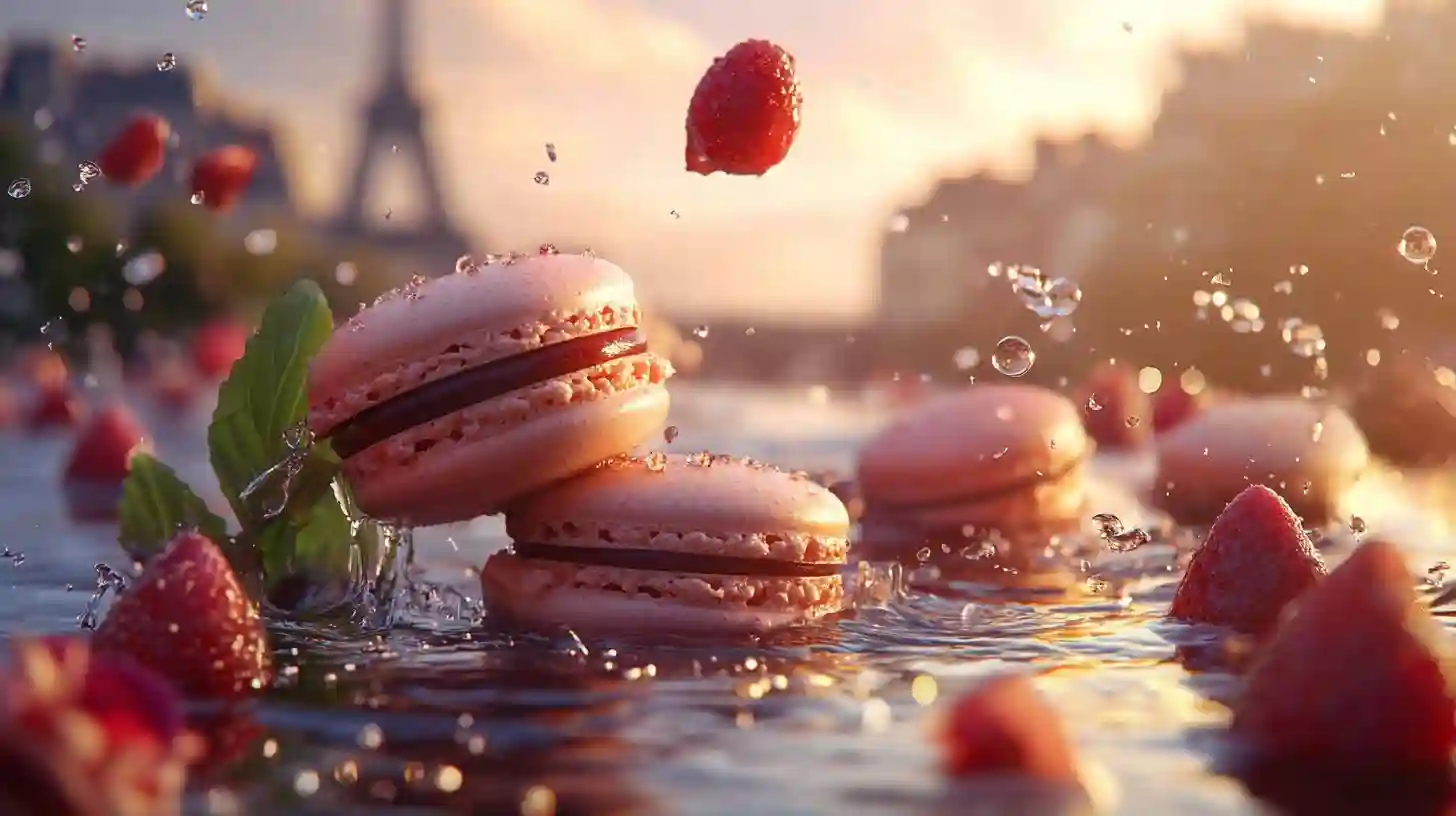
French macarons have enchanted dessert lovers for centuries, becoming a staple of gourmet culinary arts around the world. These delightful confections, characterized by their delicate meringue shells and luscious fillings, embody the intricate balance of taste, texture, and aesthetics that epitomizes French pastry-making. The allure of macarons lies not only in their exquisite flavors, but also in the meticulous craftsmanship involved in their creation.
Understanding the fundamental components of macarons gives insight into why they have remained timeless in the culinary landscape. Primarily composed of almond flour, egg whites, and sugar, macarons derive their unique texture from the whipped egg whites, which provide a light and airy quality. The finely ground almond flour adds a subtle nuttiness while contributing to the characteristic crisp exterior and chewy interior. This combination creates a dessert that is not only visually striking but also offers a remarkable gastronomic experience.
A variety of fillings, ranging from the classic buttercream to fruit preserves or cream ganaches, enhances the overall flavor profile of each macaron. The choice of filling plays a pivotal role in distinguishing one macaron from another, creating delightful contrasts and harmonies in taste. Chefs and home bakers alike experiment with different combinations, infusing creativity into classic recipes. Seasonal ingredients offer abundant opportunities for innovation, allowing macarons to celebrate the essence of nature's bounty throughout the year.
The vibrant colors of macarons are also a significant aspect of their appeal. These delicate treats can be tinted to match any occasion, allowing for a visual representation that tantalizes the eyes before the first bite. The artistry involved in creating macarons goes beyond taste; it weaves a narrative that captivates all the senses. Often displayed at celebrations, from weddings to birthdays or holiday gatherings, macarons add a touch of elegance and sophistication to any dessert table.
In French patisserie, the creation of macarons is an art form that requires precision and patience. Achieving the perfect macaron shell is no small feat, as numerous factors can influence the outcome. Temperature, humidity, and ingredient quality all play crucial roles in the baking process. Experienced pastry chefs understand the science behind each step, ensuring that macaron shells emerge from the oven with the desired "feet," which are the ruffled edges that develop during baking. The pursuit of the perfect macaron is a journey laden with both challenges and rewards, where technique and intuition combine to yield a delightful result.
The cultural significance of macarons extends beyond their ingredients and preparation. Originally derived from the Italian meringue cookie, macarons have found a special place in French culinary tradition. Their association with luxury and sophistication has made them a symbol of French gastronomic prowess. Institutions like Ladurée and Pierre Hermé have played a pivotal role in popularizing these decadent treats on an international level. Their flavors often reflect cultural influences and trends, ensuring that macarons evolve while remaining rooted in tradition.
As culinary enthusiasts and professional chefs continue to embrace the timeless appeal of macarons, innovation flourishes in their development. Contemporary flavor profiles frequently draw inspiration from international cuisines, merging cultural influences to create exciting new variations. Matcha, salted caramel, and rose-infused fillings exemplify this creative exploration, broadening the horizons of traditional macaron offerings. Such experimentation showcases the versatility of these delightful confections, allowing for endless possibilities that cater to diverse palates.
Accessibility has also contributed to the popularity of macarons, with numerous recipes available for amateur bakers seeking to recreate these luscious desserts at home. Baking macarons although daunting, has become a rewarding challenge for many. Online tutorials and cooking classes provide aspiring pastry chefs with the tips and techniques necessary to master this intricate craft. The sharing of knowledge fosters a community of macaron enthusiasts who find joy in both the process and the final product.
Ultimately, the enduring charm of French macarons in culinary arts rests on the delicate balance of flavor, texture, and artistry that they embody. Their metamorphosis from a simple meringue to an iconic pastry illustrates the beauty of culinary innovation while honoring tradition. As we explore the world of macarons, we uncover not only a treat made with passion but a story of creativity, culture, and the unyielding pursuit of sweetness that transcends generations. The legacy of these delightful confections will undoubtedly continue, inviting new enthusiasts to discover their enchanting allure in the kitchen and beyond.